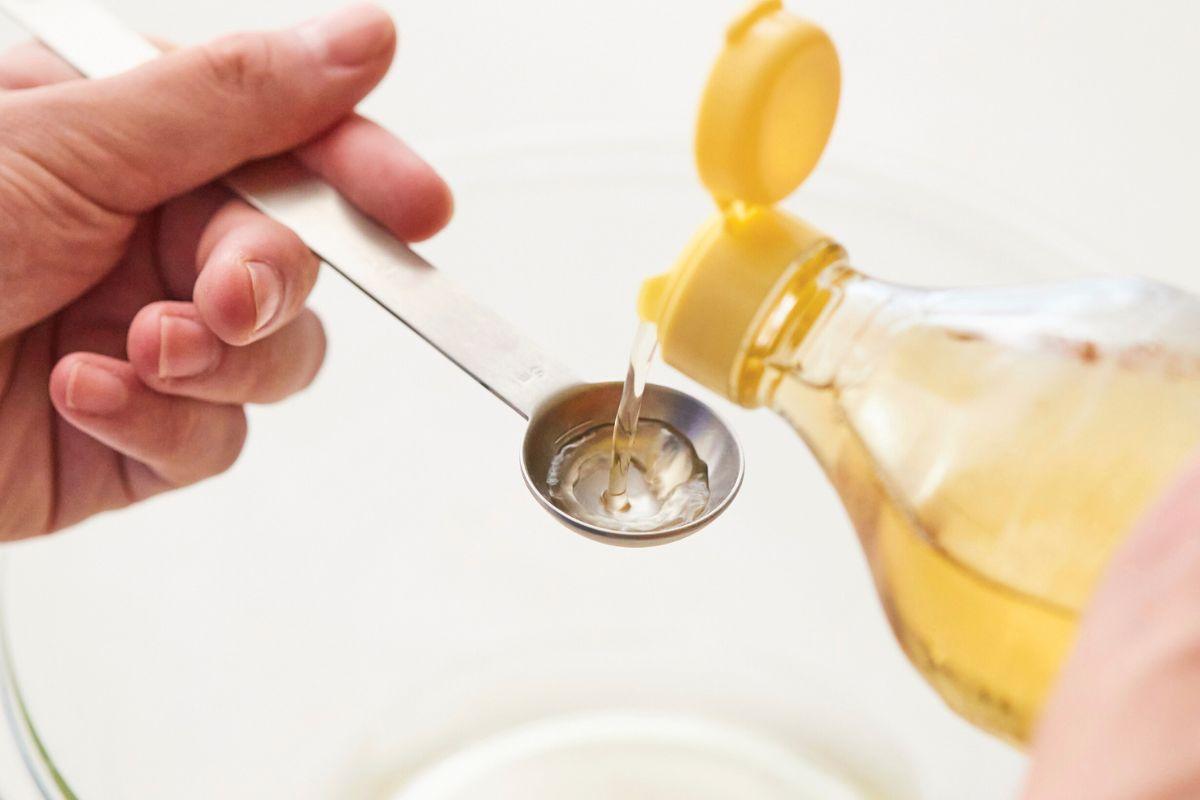Written by Dr Mark Tam for Doctify
According to the NHS, around 50% of all men will experience male pattern baldness by the age of fifty. Many men look great bald but for those worrying about receding hairlines or thinning crowns, there is a solution.
Top Cosmetic Doctor, Dr Mark Tam is an award-winning hair transplant specialist. He has shared with us the six things you should know before choosing to undergo the procedure.
So, you’ve been thinking about a hair transplant – here are 6 important things to know
- The transplanted hair is going to stay for a very long time. Although it may take around 10-12 months to see the fully transplanted results, the transplanted hair is going to last. It is taken from the back of the scalp and it generally behaves like the area it came from. The exception is if the male pattern hair loss is so significant that it affect areas in the back.
- A hair transplant will not “cure” male pattern hair loss. Although they may be regarded as the ‘cure’ for men who are losing their hair, hair transplants do not actually remedy or affect the process of hair loss. A transplant is a great cosmetic improvement but there is no real cure yet, sorry!
- You may need medication to keep your the hair you already have. Like I mentioned above, hair transplants don’t cure male pattern hair loss, so the chances are you may lose more hair in the future. There’s no need to worry however, as there are medications that you can use to slow down or even stop further hair loss. You would continue to use these to control future hair loss.
- You may need more than one hair transplant. Depending on the amount of hair you have lost, and the area you wish to restore, you may need more than one hair transplant procedure to cover it. For those who want to have better density, it is quite possible that you will need an additional transplant in the same transplanted area.
- You may not have enough hair to treat all areas. While hair transplant procedures can give you great results, there are times where the area to cover is just too large. In those circumstances, we may not be able to cover all areas. For example, if your hair is receding at the front and is thinning in the crown area, you may have to make do with just treating the front. This depends on how many you have left at back and sides.
- There will be some form of scaring at the donor area. If you are in experienced hands, it won’t be very noticeable but it will be there. Although no scarring is not possible – very minimal scarring is.




